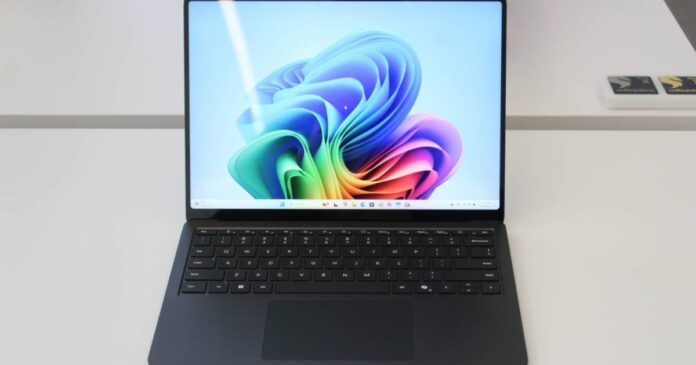Introduction to the macOS and Windows Divide
The debate between macOS and Windows has been ongoing for years, with each side having its own strengths and weaknesses. While macOS is known for its seamless user experience and powerful hardware, Windows is preferred by gamers and users who require specialized software. However, with the recent advancements in AI technology, the gap between the two operating systems is narrowing.
AI: From Hype to Utility
Microsoft has been at the forefront of AI integration, with its Copilot AI vehicle being a prime example. Copilot is a powerful tool that can assist users with various tasks, such as writing, data visualization, and even image generation. In contrast, Apple’s AI efforts have been lackluster, with its Apple Intelligence bundle being criticized for being underwhelming.
Microsoft’s AI Advancements
Microsoft has been aggressively pushing its AI capabilities, with Copilot being integrated into its Office 365 productivity suite. This has resulted in some impressive features, such as AI-powered writing assistants, data visualization tools, and even AI-generated images. Additionally, Microsoft has introduced an AI Researcher tool that can scrape the internet and internal documents to compile comprehensive reports.
Microsoft’s AI-Powered Tools
Some of the notable AI-powered tools introduced by Microsoft include:
- AI-powered writing assistants in Word
- AI-generated images in MS-Paint
- Data visualization tools in Excel
- AI-powered presentation tools in PowerPoint
- AI-powered meeting recaps and summaries in Outlook and Teams
A Hardware Level-Up for Windows
The introduction of Copilot has also led to a significant improvement in Windows hardware. Microsoft has introduced the Copilot+ range of PCs, which are designed to provide a seamless and powerful user experience. To qualify as a Copilot+ PC, a machine must have a minimum of 16GB of RAM, 256GB of storage, and an AI accelerator chip that delivers at least 40 TOPS output.
The Impact of Copilot+ on Hardware
The Copilot+ platform has forced hardware manufacturers to upgrade their CPU and GPU stacks, resulting in faster storage and memory chips. This has led to a significant improvement in performance, with Copilot+ PCs outperforming their macOS counterparts in some benchmarks.
A Slow but Promising Start
While the Copilot AI stack is not a magical solution to all of Windows’ problems, it has provided Microsoft with a capable hardware platform to experiment and deliver next-gen OS features. The Windows on Arm platform has also shown promise, especially for gaming.
Challenges Ahead
However, Microsoft still faces significant challenges in promoting Copilot to its expansive community. Many users are skeptical about the AI-powered features, and some have expressed concerns about the potential risks and limitations of AI technology.
Conclusion
In conclusion, the introduction of Copilot has marked a significant shift in the Windows ecosystem. With its powerful AI capabilities and improved hardware, Windows is now a more viable option for users who require a seamless and powerful user experience. While there are still challenges ahead, Microsoft’s efforts to promote Copilot and improve its hardware platform are a step in the right direction. As the AI technology continues to evolve, it will be interesting to see how Windows and macOS compete in the future.

